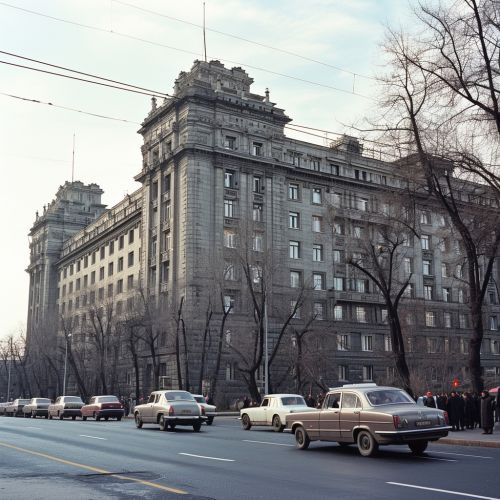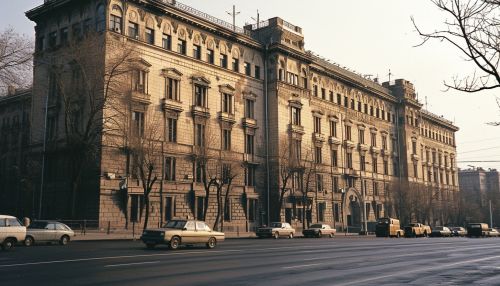Committee for State Security (KGB)
History
The Committee for State Security, better known as the KGB (Komitet Gosudarstvennoy Bezopasnosti), was the main security agency for the Soviet Union from 1954 until the dissolution of the Soviet Union in 1991. The KGB was directly responsible for both domestic security and foreign intelligence operations. It was the successor to earlier Soviet security agencies, including the Cheka, the NKVD, and the MGB.


Organization
The KGB was organized into several directorates, each responsible for different aspects of security and intelligence. The First Chief Directorate was responsible for foreign operations and intelligence activities, while the Second Chief Directorate handled internal political control, including surveillance of foreigners and counter-intelligence. Other directorates handled economic security, technical support, and personnel.
Operations
The KGB conducted a wide range of operations, both at home and abroad. Domestically, it was responsible for suppressing dissent, monitoring political activity, and maintaining internal security. Abroad, it conducted espionage and intelligence-gathering operations, and engaged in active measures to influence events and policies in other countries.
Legacy
The KGB was disbanded in 1991 with the dissolution of the Soviet Union. Its functions were split between several successor agencies, including the Federal Security Service (FSB) and the Foreign Intelligence Service (SVR). The legacy of the KGB continues to influence Russian politics and society, and its methods and tactics have been studied by intelligence agencies around the world.
